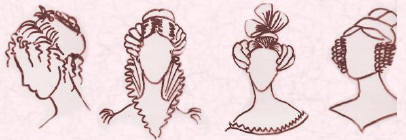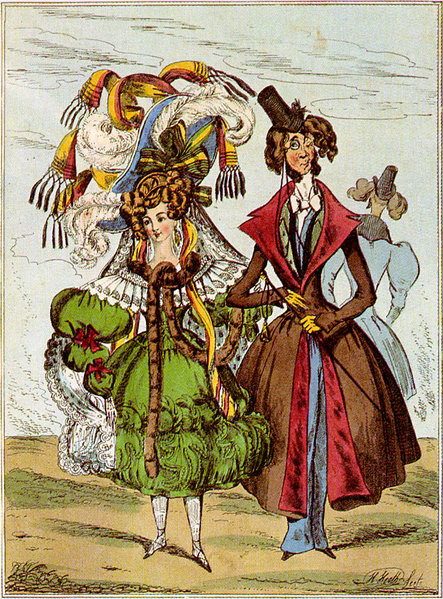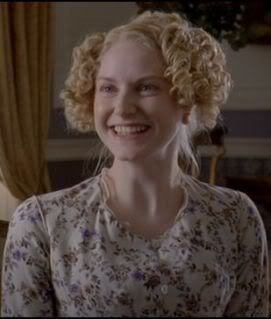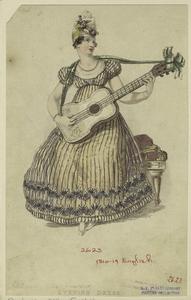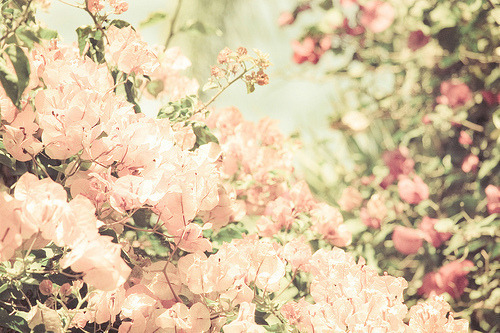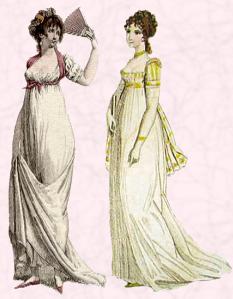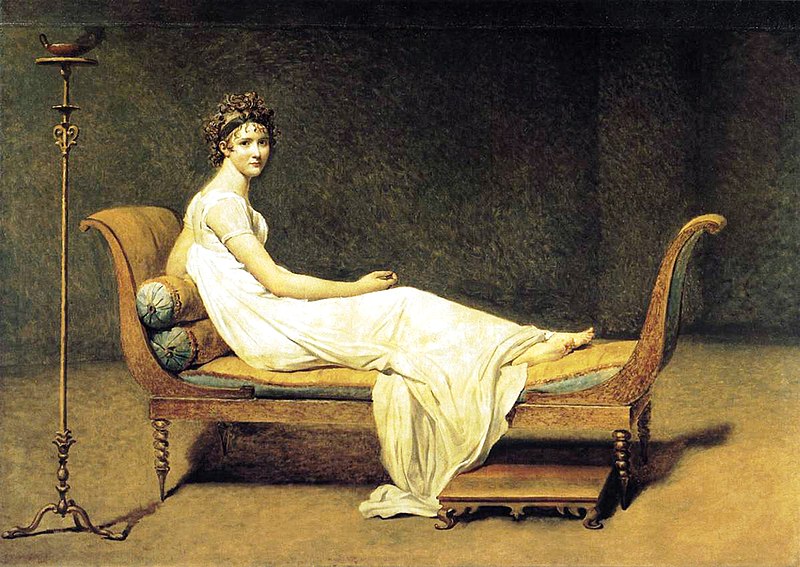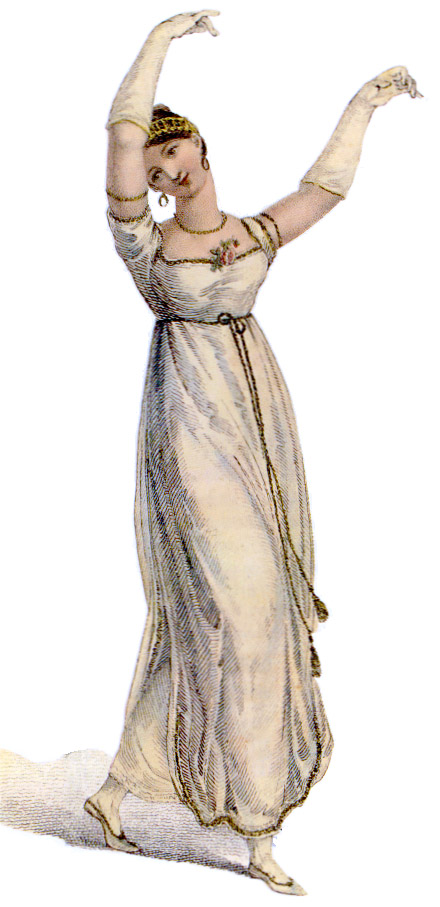So you may have noticed over the past few decades that there hasn't been very much change in the way of fashion. Empire waists are still the norm, and fabrics, hairstyles, and accessories have only changed in very subtle ways. This is for the simple reason that the world has always taken its fashion from France, and
France is a little busy right now.
Instead of drastic changes in the shape and fabric of garments like those that took place in the 1790's and are to come in the 1820's and 30's, the changes that took place in fashion in the 1800's and 10's are much more subtle and miniscule. Hairstyles stayed pretty static during the first few decades of the century, but during the late 1800's and 1810's there came the trend of wearing curls over the ears.
This style would lay the groundwork for increasingly elaborate and ridiculous hairstyles in the 1820's and 30's. Anyone who has seen an adaptation of "Wives and Daughters" knows what I'm talking about.
One thing that I keep noticing as I research the 1810's is the advent of the trim.
Dresses from the beginning of the decade, like the one shown above, seem to have light, embroidered trims around the skirt. White-on-white embroidery was very popular near the beginning of the century.
As the decade wears on, trims seem to become more three-dimensional, and in different colors from the main garment. Trims took many forms, such as ruffles and flower accents.
By the end of the decade, trim wasn't just on the edge of the skirt, but on sleeves, spencers, shoulders, necklines, and as shown in the image below, bonnets.
I mentioned in last week's post that one of my first impressions of the decade was that it was "The Age of the Accessory." It might have been more appropriate to dub it "The Age of the Detail." This is because it seems like elaborate hats, color coordinated walking ensembles, ruffles, bows, and other bibs and bobs that were still part of the garment were more popular than ever, replacing the straightforward, natural simplicity of the late 1790's and early 1800's. This was helped along by Napoleon's defeat in 1815, which freed up France's fashionable future.
As French travel and trade became safe and politically correct once again, this change to more glamour and frippery would continue to increase. The ever-turning wheels of fashion evolution were once again in motion. As we venture into the 1820's, we'll begin to see an age where the hair accessory is king (queen?) and
The Fall of the Empire Waistline (insert thunderclap).





